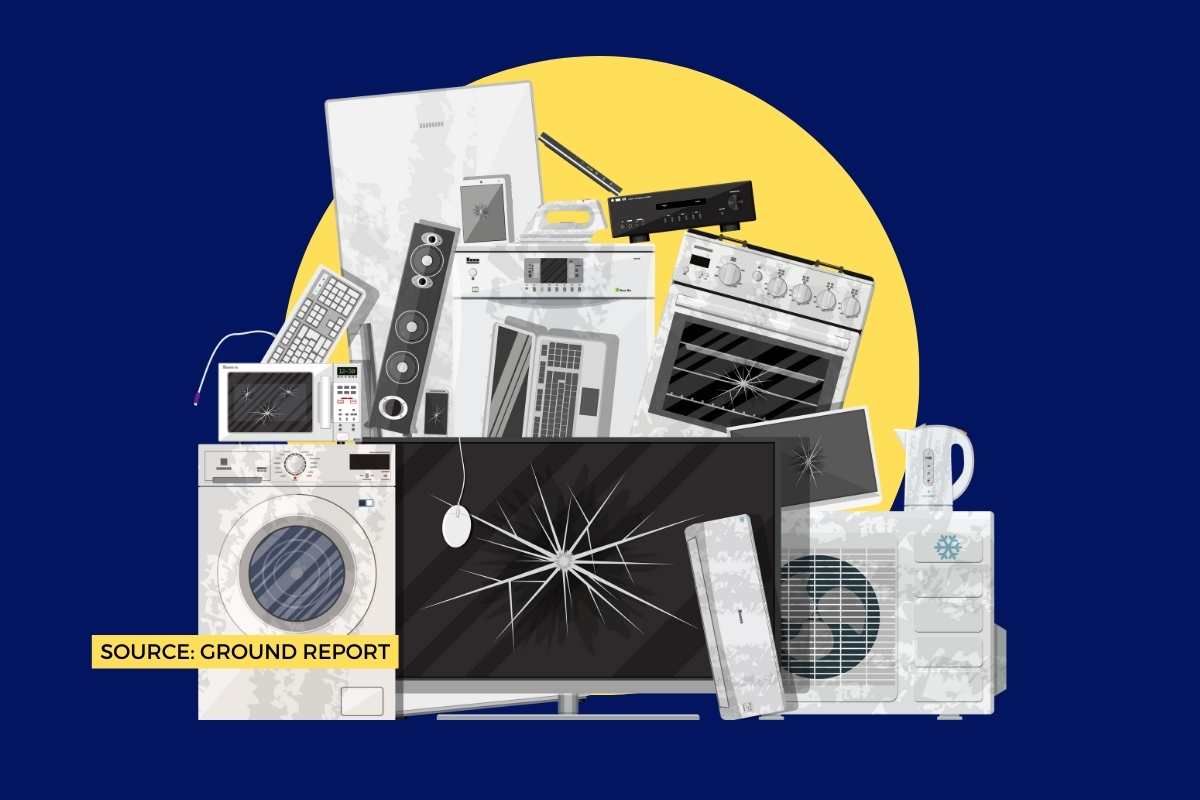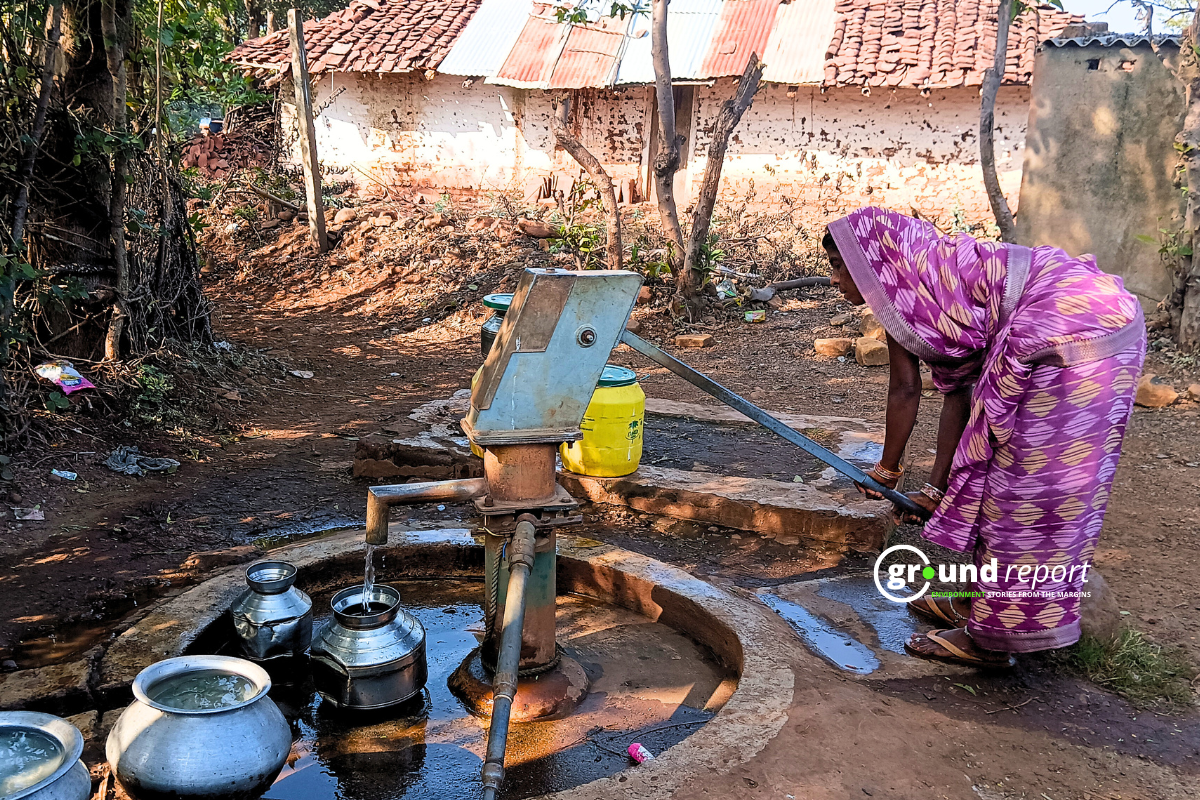As the needs of the people in the world is increasing, so is the demand for fuel. Petrol and diesel are the traditional sources and one of the major sources of pollution in the world. From their extraction to refining and finally burning they are harming our nature.
Humans are continually experimenting to find new fuels. Several fuels are being developed and some are already in the market. Process of making these fuels doesn’t harm nature and they don’t pollute the environment like the regular ones do.
Ethanol made from waste of the sugar industry. Biodiesel made from cooking oil, algae And, biogas, mixture of CO2, methane made from decomposed products like agricultural waste, human waste are some examples of the advance alternative fuels.
Plans were to introduce these fuels as alternatives to traditional ones. But there were a lot of limitations found. For example, it takes more ethanol in comparison to petrol to produce the same amount of energy. Additionally, biofuels are very less powerful than fossil fuels. Hence, biofuels are unable to replace fossil fuels.
Biofuels are similar to fossil fuels. Although, the main difference is that, biofuels can be grown indefinitely and cause less damage to the planet. So, a solution was deduced to experiment, and mix biofuels with regular fuels.
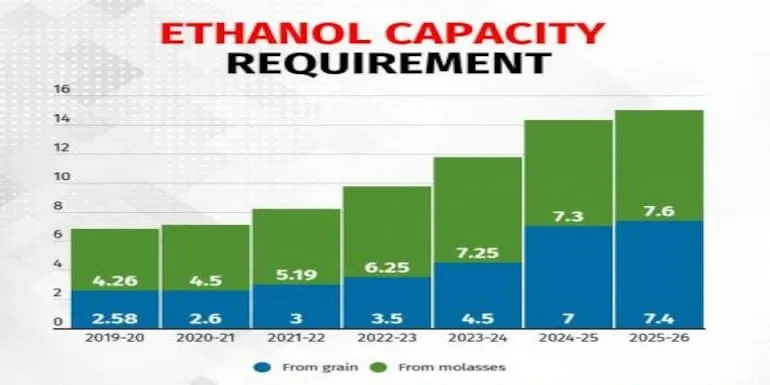
Ethanol
World experimented with mixing ethanol with petrol long time back. On the other hand, India first implemented this project in 2001. Ethanol in India is obtained primarily from sugarcane via a fermentation process. Ethanol is high in oxygen content, which therefore allows an engine to more thoroughly combust fuel. It can be mixed with fuel in different quantities and can help reduce vehicular emissions.
The blending of ethanol not just curbs vehicular pollution but also reduces import dependency and increases farmer income.The highest ever quantity of 306.43 crore litres of ethanol has been procured by oil marketing companies in the current ethanol supply year (December 2021 to November 2022). This is up from 302.3 crore litre last year and 173 crore litre in 2019-20.
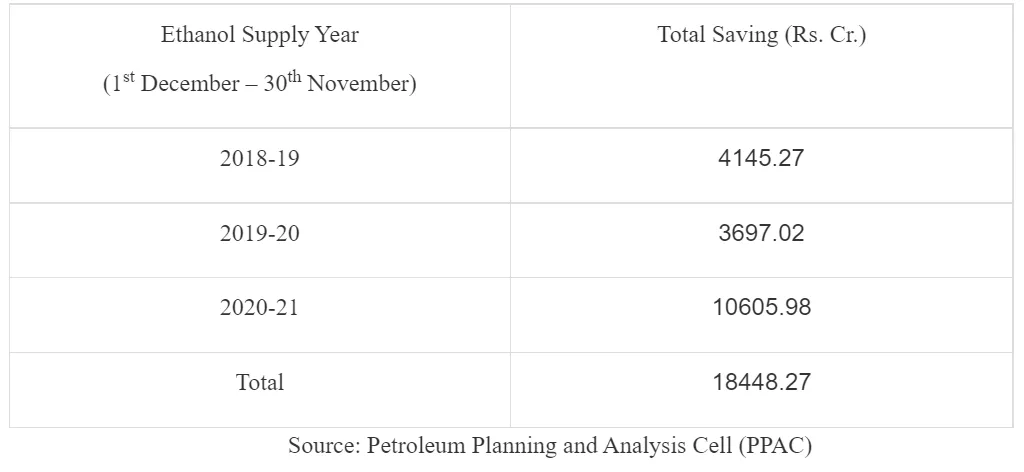
Ethanol-blending programme
In 2001, a pilot project of mixing Ethanol with Petrol started in three locations in UP and Maharashtra. Two years later, Government of India decided to sell 5% ethanol mix Petrol in 9 states and 4 UTs. In 2006, 11 states were added.
This programme was expanded to the whole of India except Union Territories of Andaman Nicobar and Lakshadweep islands with effect from 01st April, 2019. Petrol was blended with ethanol up to 10%.
The Government has a 10% blending target for mixing ethanol with petrol by 2022 & 20% blending target by 2030. 10% blending target was achieved 6 months in advance of november 2022 deadline and now the government is to start the next part of the project in April 2023.
Government has also advanced the target of 20% blending of ethanol in petrol from 2030 to 2025-26.
Oil marketing companies procure ethanol from domestic sources. Government of India has administered the prices of ethanol from 2014.
OMCs are advised to continue according to the priority of ethanol from sugarcane juice/sugar/sugar syrup, B heavy molasses, C heavy molasses and Damaged Food grains/other sources, in that order.
Read more: The Government is implementing the Ethanol Blended Petrol Programme
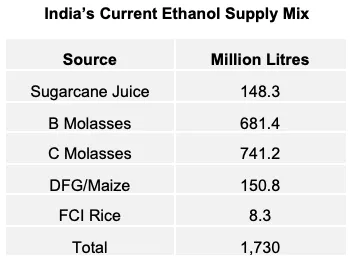
Recently on the occasion of World biofuel day, Prime Minister Narendra Modi dedicated a second generation ethanol plant in Panipat, Haryana.
It has been built at a cost of over 900 crore rupees by Indian oil corporation and has the capacity to convert about 2 lakh terms of rice row involy into 3 crore litres of ethanol.
Read more here: PM dedicates 2G Ethanol Plant in Panipat
The way forward
Mixing ethanol with petrol results in the reduction of greenhouse gases, equivalent to about 3 lakh tonnes of carbon dioxide emissions per annum. This can also be equated to replacing nearly 63,000 cars from the country’s roads.
In the current ethanol supply year 2020-21 (December-November), India is likely to produce 3.3 billion litres of ethanol, out of which 2.9 billion is supplied from sugarcane while only 42 million litres were produced from grain distilleries, the NITI Aayog report said.
Read the report: Roadmap for Ethanol Blending in India 2020-25
India is also a net importer of ethanol. It imported around 722 million litres of ethanol in 2020, mostly from the US which is the largest producer of ethanol followed by Brazil. They both contribute to 84% of global ethanol production.
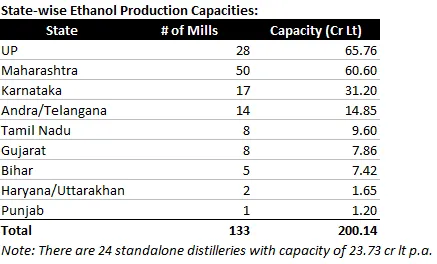
Blends of 10% less are used in more than 20 countries around the world including Sweden, UK, Thailand and the United States. Blends of 20% to 25% have been used in Brazil since late 1970’s. 85% is commonly used in US and Europe of flexible fuels vehicles.100% ethanol fuel is used in Brazilian neat ethanol vehicles and flex-fuel light vehicles. And India does not seem to be too behind in this green race.
We know that energy transition through biofuel is a great opportunity to modernise, industries boost technology innovation and attract investment all while contributing to sustainable development. It is a good time for our country to invest in biofuels and make them advance till EVs get popular.
Read More
- Hydro Fuel Market: India’s current scenario and the future ahead
- From where does India get its CNG fuel?
Follow Ground Report for Climate Change and Under-Reported issues in India. Connect with us on Facebook, Twitter, Koo App, Instagram, Whatsapp and YouTube. Write us on GReport2018@gmail.com

